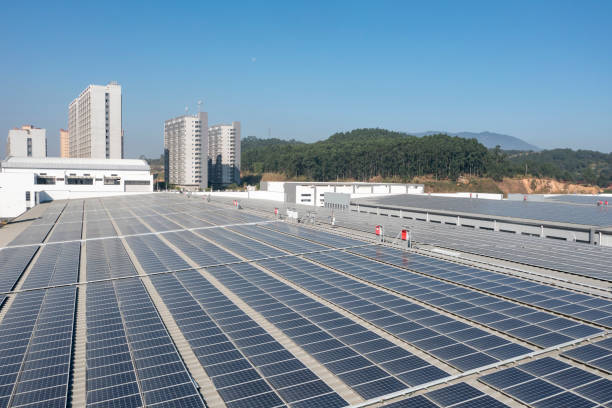
If you stop and think about it, every product or service we produce requires energy. Before the invention of electricity, energy was obtained from the labor of workers and the tools available at the time. Today, we combine manual work with electric or fuel-powered power to produce things. Even an agriculturist uses energy to pull water from a deep well, plow fields with a diesel tractor, and store the produce in cold stores. You can also add the point that the government spends to build irrigation projects, dams, and canals.
According to the same logic, solar panels also require energy for manufacture. Solar panels were not initially powered by green energy because the technology was still in its early stages. The solar panels we use today were created with a lot of energy, from the extraction of raw materials such as quartz and copper to the packaging, shipping, and molding of the products. A study by the University of Groningen looked at how these activities affect the environment.
Since the data are coming from around the globe, we can assume that such a study cannot determine exact results. There will be best and worst-case scenarios. The study does have some positive aspects. According to the research, the solar industry is predicted to have broken even in its net energy costs in 2017 and will be expected to break even in greenhouse gas emissions in 2018. According to more optimistic interpretations of the study, the energy debt had been paid in 1997. Even the 2017 assumption, isn’t that great news?
Imagine that the energy you produce from your roof solar installation has a carbon-free footprint right now. Every watt generated by solar pays for your electricity bills and also reduces the carbon emissions from the production of solar panels. Wow!
Solar is worth a closer look if you live in a country with a lot of sunshine, like India, and take environmental issues seriously. Start with the solar calculator (link) if you’re not sure how to proceed.
